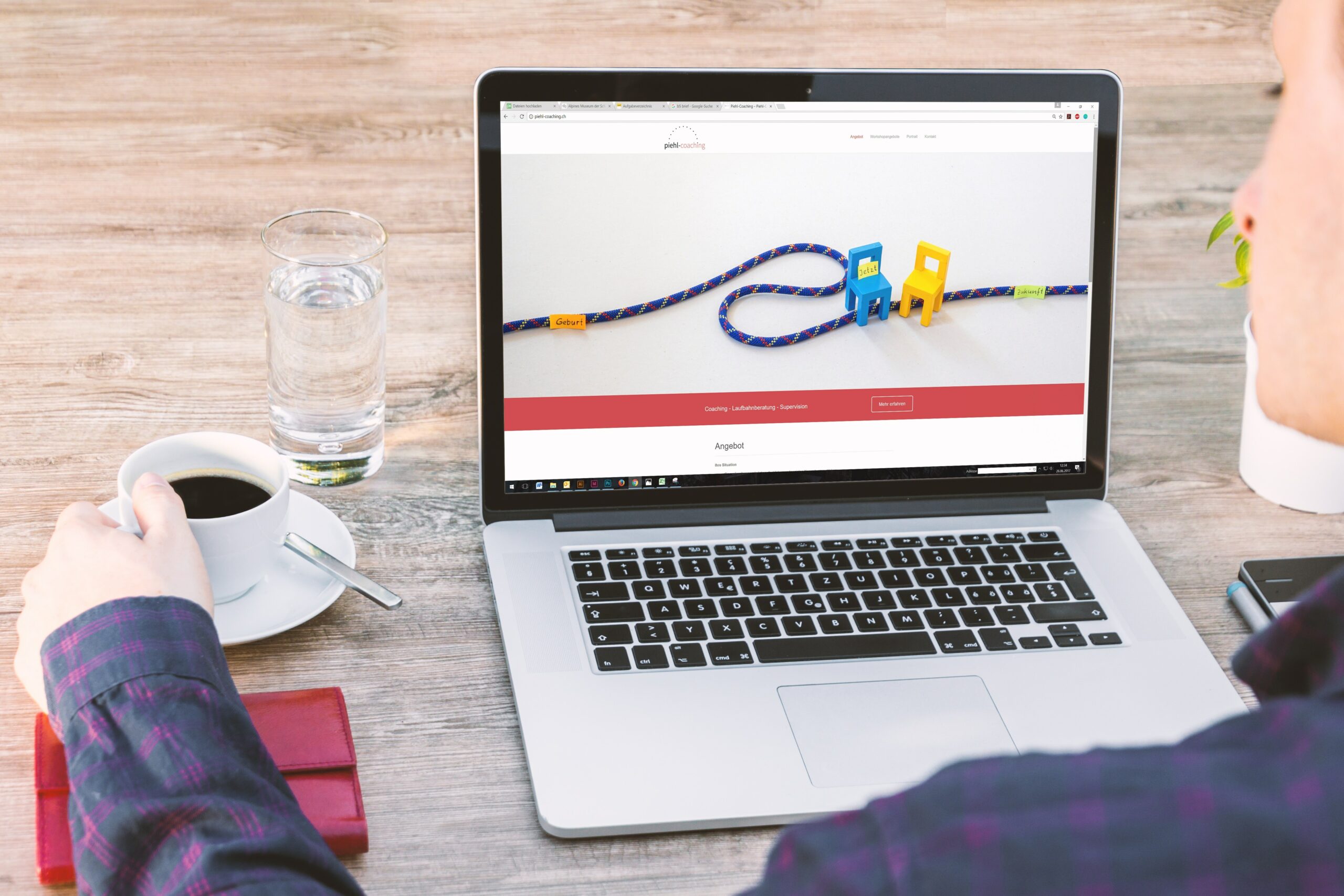
From gathering feedback via surveys to maximizing conversion rates, here are 17 answers to the question, “Can you elaborate on the most effective uses of a landing page?”
- Offering Customer Feedback Surveys
- Implementing Promotional Campaigns
- Testing a New Service With the Target Market
- Delivering Ad Continuity
- Promoting a Business Before It Launches
- Holding Space for Additional Information
- Combining the Strength of Multiple Brands
- Making a Good First Impression
- Suggesting a Free Trial
- Improving SEO
- Linking Social Media for Clean Conversions
- Building Brand Credibility
- Adding Context to Your Offer
- Collecting Email Addresses
- Tracking Holiday-Specific Content
- Booking Consulting Services
- Maximize Conversion Rates
Offering Customer Feedback Surveys
At my medical hair restoration practice, we use landing pages to solicit customer feedback. After I treat or consult with a patient, we email them a link to a landing page containing a survey inquiring about what went well and what could have gone better. We always want to know how we can improve our patient experience, and the best way to find out is to simply ask them. Survey landing pages are a great way to collect feedback.
Jae Pak, MD, Jae Pak MD Medical
Implementing Promotional Campaigns
Landing pages are the best place to implement CTAs for promotions, discounts, or email sign-ups. A website’s “front” page is the best spot to advertise new products, upcoming sales, or campaigns driven by user engagement.
Landing pages also tend to have the best-performing pop-up campaigns, when they’re formatted strategically. The first touchpoint users have with your website is often also the best real estate for promoting content or releasing news meant to reel users in. Landing pages carry hefty importance for both user experience and SEO compliance, so design yours strategically to be straightforward, attractive, and easy to understand.
Zach Goldstein, CEO & Founder, Public Rec
Testing a New Service With the Target Market
Sometimes we have a hunch that we should add or change a service that we offer, and we want to check that our hunch is correct before making changes throughout our website and offering the new service on a larger scale.
In that case, we create a new landing page outlining the basics of the new service and offer it to a targeted group of people we can reach via email. For instance, we might offer link-building services alongside our content marketing for SaaS companies.
If a new landing page for that service generates a lot of interest, then we may determine that it’s worth offering formally alongside our other SEO and content services.
Lisa Banks, Chief Content Strategist, SaaSpirin
Delivering Ad Continuity
In order for your ad to be considered “ad congruent,” it must have the same visual style as the page it directs users to. Build a landing page that mirrors the design of your ad rather than modifying an existing page to fit it.
Your advertisement’s layout, graphics, hues, and text can all remain unchanged. If you want consumers to feel like they’ve landed in the right spot after clicking on your advertising, make sure the two seem comparable.
It also facilitates an easy transition from advertisement to website content. The smoothness of this transition indicates the user’s experience as a paying customer, so it should be prioritized.
Kenny Kline, President & Financial Lead, BarBend
Promoting a Business Before It Launches
Before your startup is fully operational, you can still promote it through a temporary landing page online. You can post pictures of some products you will offer and provide people with the option of pre-ordering them. This way, you can still generate some revenue while getting people excited with anticipation as the official launch date of your startup approaches.
Marilyn Zubak, Marketing Lead, Snif
Holding Space for Additional Information
Want to advertise on Facebook but there isn’t enough space for all the information you need to include? To provide further information, create a landing page. Customers can be directed to a landing page with further details by using Facebook ads.
You’ll need all your powers of imagination, allure, and even wit for this part. Avoid being too pushy, but make sure your material is doing its job of turning readers into buyers. You only need to send them to the conversion page.
Max Whiteside, SEO & Content Lead, Breaking Muscle
Combining the Strength of Multiple Brands
When a potential customer lands on a co-branded partner landing page, they are more likely to trust the product or service being offered because it is associated with a reputable and established brand.
This can help to increase conversions and sales by leveraging the trust and assurance that comes from third-party partnerships. Co-branded partner landing pages can also help to create a unique and differentiated sales funnel experience.
By combining the strengths of multiple brands, you can offer a more comprehensive and unique value proposition and messaging that is tailored to the specific audience and needs of the partnership.
Brian Hawkins, Marketing Manager, GhostBed
Making a Good First Impression
It’s long been an adage in the business world that the suit makes the man, and while that saying has gone out of style, it represents something that remains true: the first impression given off by someone’s first interaction with you is what matters most in setting your relationship.
Landing pages are the suits of the internet; they provide that first impression and can make or break the client relationship. That’s why using a landing page to showcase your style, look, and feel is an absolute necessity—the nitty-gritty can be linked to, but I find using the landing page to drive a certain wow factor is the most important use for one.
Kate Kandefer, CEO, SEOwind
Suggesting a Free Trial
Make a landing page that encourages people to sign up for your service spending no money. The landing page will contain information unique to the free trial’s featured product or service. Customers who find this website are highly likely to sign up for the free trial offer. There will be no other choices for users besides “start your free trial.”
This content might also be on your website, but as a landing page, it won’t compete with your navigation bar for the attention of your visitors. Its straightforward layout makes it simple to gauge your conversions.
Kyle Bassett, Chief Operating Officer, Altitude Control
Improving SEO
You can use the landing pages to help your search engine rankings. Don’t waste this chance to boost the organic search engine rankings of your landing page. It’s simple to improve your page’s social media rankings. You’ll need the help of an SEO expert if you want this to be successful. Page optimization, in contrast to pay-per-click and social media advertising, is totally cost-free.
Andrew Dale, Technical Director, CloudTech24
Linking Social Media for Clean Conversions
Building a landing page to link to your social media advertisements can maximize conversions in the same way that you would for Google Ads. If you connect your social media advertisements to landing pages, I believe you’ll see a spike in conversions.
They redirect users to a purchasing page where they are not interrupted by any ads. Provide visitors with a clean, simple website where they can easily convert or buy your service with minimal hassle.
Timothy Allen, Sr. Corporate Investigator, Corporate Investigation Consulting
Building Brand Credibility
By adding elements of trust to your landing page, such as customer reviews and ratings, you can establish credibility with your visitors and increase the likelihood that they will convert to customers.
Credibility is especially important if you are trying to sell a service or product that requires customers to provide personal information in order to purchase. It’s also important for visitors to understand why they should trust you with their information.
As an AWS service provider, we use our landing page to showcase customer testimonials and reviews, as well as an overview of our services. This way, we can create a sense of trust with our visitors and increase the chances that they will convert to our offer.
Karl Robinson, CEO, Logicata
Adding Context to Your Offer
When you provide context, you’re explaining to your visitors what they can expect if they continue with their purchase or sign up for your offer. This is an effective way to increase conversions and reduce bounce rates on your website.
Additionally, by providing context, you can also better target specific audiences with customized offers they would otherwise be less likely to convert on. As a coupon platform, our landing page gives customers an overview of our services and explains the value they get from using our platform. This page also helps us target specific audiences with customized offers they would be more likely to convert on.
Gary Gray, CFO, CouponChief
Collecting Email Addresses
Landing pages can be a powerful tool for helping you accomplish your business goals. One popular purpose of landing pages is to collect email addresses. By offering free resources or discounts in exchange, businesses can incentivize visitors to provide contact information while significantly growing their online audience. On top of this, landing pages make it incredibly easy to stay organized with collected data and track performance in one simple dashboard.
Carlos Trillo, Founder & CEO, Evinex
Tracking Holiday-Specific Content
We use landing pages to help promote certain sales or promotions that we are having. For instance, if we are running a holiday promotion, we might implement a holiday promotion landing page to run ads on social, Google, and YouTube.
This way, when someone clicks on the ad, they land on this landing page that tells them all about the promotion and they can shop from there. This helps with our analytics in tracking the performance, clicks, and conversions through this landing page and helps us invest our money in the best places where they are the most effective.
Scott Krager, Founder, Key Fob Replacement
Booking Consulting Services
Landing pages are an effective tool to capture leads and promote our services. Our landing page offers prospective customers the opportunity to book a consultation call so that we can better understand both their needs and project requirements.
This allows us to provide the best possible service and develop a tailor-made solution for the individual customer. We understand how important it is for customers to have peace of mind knowing that their project is in safe hands, and using our landing page allows us to deliver this assurance.
Michael Sena, CEO, SENACEA
Maximizing Conversion Rates
The most common use of landing pages is for lead generation. The primary purpose of a lead-generation landing page is to convert your website visitors into leads by providing them with a clear and interesting call-to-action (CTA) that encourages them to provide you with their contact information in exchange for something of value, such as a free guide, checklist, whitepaper, or webinar.
It’s important to remember that the amount of information you are asking your visitor to give you must be aligned with the offer you are providing. Get these factors right, and you’ll see a jump in your lead-conversion rates and be able to nurture these leads with targeted content designed to convert them into customers.
Samantha Walls, Marketing Consultant, InTouch Marketing



